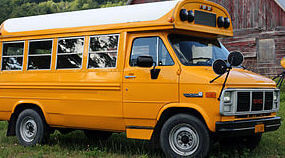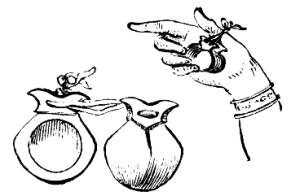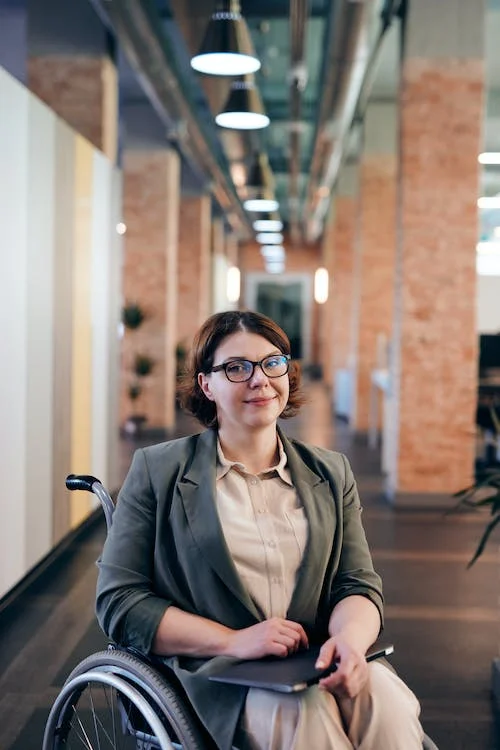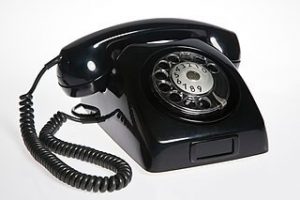
Scene 2: Taking Action to Help a Friend
Karen’s new sense of identity helped her develop the self-assurance she needed to share what she knew. Before she met Pegasus, she would never have opened up to April or anyone else. Now, the words and feelings flowed. The sense of restraint disappeared. The quiet part of her fused with the effervescent. Their union made her both willing to listen to those who could help her reach her potential, and eager to teach others what she learned. She did not have to pretend anymore.
Pegasus had enlightened her. He had made her strong by teaching her how to face everyday life, and how to find the light of hope in the glare of experience. This set herself free.
Over the next few weeks, Karen and April bonded. Even though there was an age difference of several years, their similar circumstances united the two. They were both smart enough to understand their cerebral palsy gave them a different perspective than most people had. They accepted themselves, their lives, and their circumstances and held their heads high, conscious of their own dignity. Their beliefs about themselves differed from those of the stereotypical disabled person. There was no arrogance or haughtiness, no self-pity, no sorrow or excessive unhappiness—nor was there any self-condemnation or self-criticism. It wasn’t in their nature to loathe themselves any more than it was to single out more disabled classmates to make fun of. Within themselves, they didn’t feel less than others, though they felt sadness and sympathized with those who were harassed and bullied because of their disabilities.
This did not mean they were complacent. Both girls did their best to strengthen their bodies and minds, but they did not waste their time yearning for a cure for something that was incurable. They were normal, everyday children. They sang, they played, and they welcomed each day with gratitude and an appreciation and reverence for what they had.
One day, as they rode home on the bus, April turned to Karen and said, “I told my mother about your dance lessons! She said I could take dance lessons, too. But I don’t know if I could do them, or if they would help me. What do you think?”
“I’m sure you could do them, and I’m sure they would help you! I’m as sure as I am that I learned to hop from Gilberto. The experts said I would never walk, but Gilberto taught me to dance. The experts told Mama to have the heel cord cut on my good right leg, so my left leg could catch up with it, but now my left leg can shuffle and hop, and it gets stronger every day. Gilberto’s the greatest, and he brings out the best in you. Besides, I bet I can be there with you. Maybe we can even take some lessons together!”
When Karen got home, her Mama was in the kitchen making dinner. She put down the tomato she was slicing. “We need to talk.”
Karen gulped. Was she in trouble? “Sure. About what?”
“About your friend April. Her mother phoned me.”
“About dance lessons?”
“You already know, then?”
“Yes. I told April how much fun they are and how they improved my walking, and she said her mother gave her the okay.”
“Oy vey! I wish I’d known. Mrs. Roth wanted to know if little April could come to one of your classes to see what they’re like. I followed my intuition and said yes, but then I hoped I hadn’t created a problem for you.”
Karen hugged her mother and gave her a big kiss on the cheek. “Intuition is always right, Mama. Can you call Gilberto and let him know? I’m sure he’ll love April.”
Original text ©2023 by Karen Lynn-Chlup. All rights reserved.







